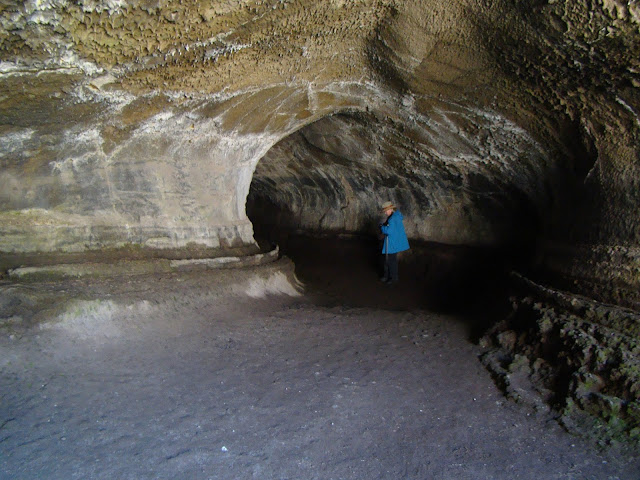It's funny how the same thoughts can move through one's head during an event, even when the events are separated by years. My mind wandered just a little bit during our graduation ceremony tonight, because that can happen while 700-800 names are read off and people march across a stage. I wrote an entire blog post in my head. It had to do with 700 or 800 moments of pride being experienced this day: dreams fulfilled by young students attending college for the first time in their family's history, by middle-aged people dreaming of a new career, and seniors discovering that life can start over. These were the people I worked with, joked with, and sometimes cried with. They have been trying to remake their lives, and I continue to be given the privilege of helping them to achieve those dreams. So I did. I wrote a whole blog post in my head honoring their accomplishments, because for all the pride they were experiencing in that moment, I was also feeling great pride that I was able to be a part of their life adventure.
Then, I got home and found I had already written it! Exactly one year ago today. So here it is...I created it twice (thank goodness for cut and paste)!
--------------------------------------
No, I'm not talking about the prequels to Star Wars! It was something much earlier. People could be forgiven for not knowing this, but Star Wars was not George Lucas's first successful film. He was known for another great movie, American Graffiti, a semi-autobiographical film that recalled his days as a young man in Modesto, California. Yes, Lucas is perhaps our most famous native son. He also attended Modesto Junior College for a time.
So what was it that he got wrong? It was a fairly minor plot point, but in the movie, the two friends Curt and Steve were on the same pathways for their lives. They were planning to leave town to attend a "northeastern" college (let's presume an Ivy League school), but after a series of events over the space of one long night, Steve is convinced to stay in Modesto, attending the "junior" college, while Curt heads off to great success, and was eventually a writer living in Canada. Steve ended up selling insurance in Modesto.
What's wrong with this picture? It was the insinuation that attending a community college was somehow a lesser option for achieving success, that it is in some way a second-rate education. As I sat proudly through our graduation ceremony tonight, I would fiercely argue that getting a degree at a community college is a wonderful achievement, and that I would proudly put my students up against any Ivy League student at the two-year mark in their academic career.
The students I work with come from many different backgrounds, and most of them are poor and disadvantaged. They come from many cultures. Our elementary and secondary schools are underfunded and sometimes dangerous, and alcoholism and drug use are epidemic in our region. The kids in our schools have the decks stacked against them at every turn. They come to us unprepared and unskilled. We have veterans suffering from PTSD, abused spouses, and laid-off laborers. We have huge numbers of people who are the first in their families to ever attend college. We have resources at our school, but sometimes the challenges facing our students are overwhelming. And yet these students persist, and they fight, and they cry, and fail, and then they come back again. And in the end they master the skills required to pass their classes. When you see a group of these students decked out in blue robes, and receiving an AA or AS degree, you are looking at some of the most successful people in the world.
If you are an employer, and you see a community college on the resume of a potential employee, you are looking at a person with persistence, stamina, and an incredible work ethic. They've been through impossible challenges and they've succeeded.
I couldn't be more proud of my students on this great day.






















































